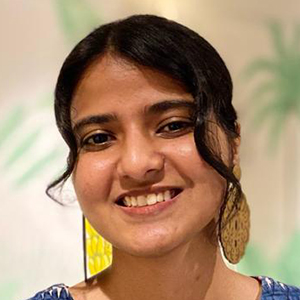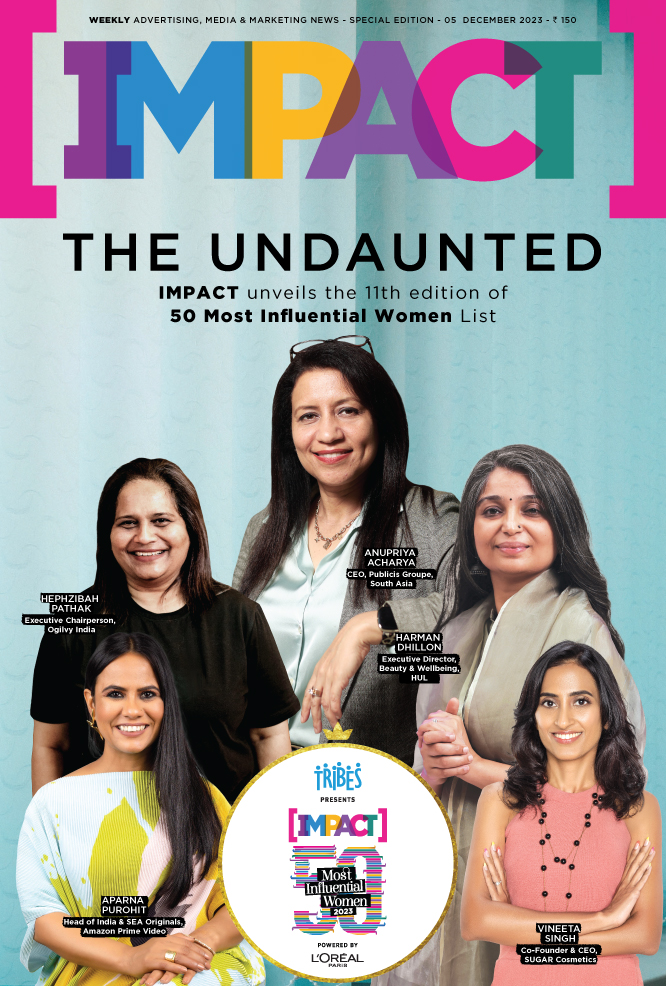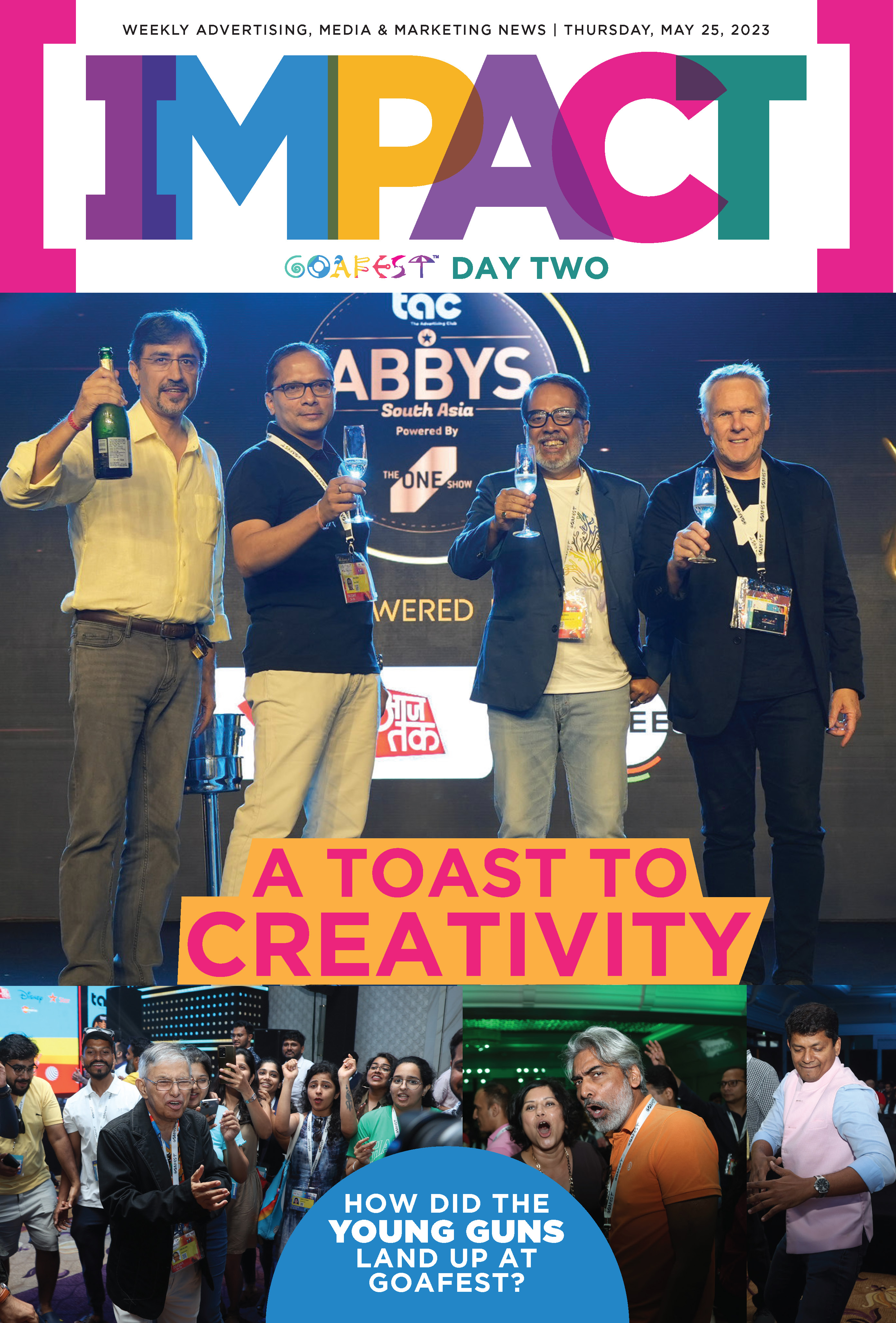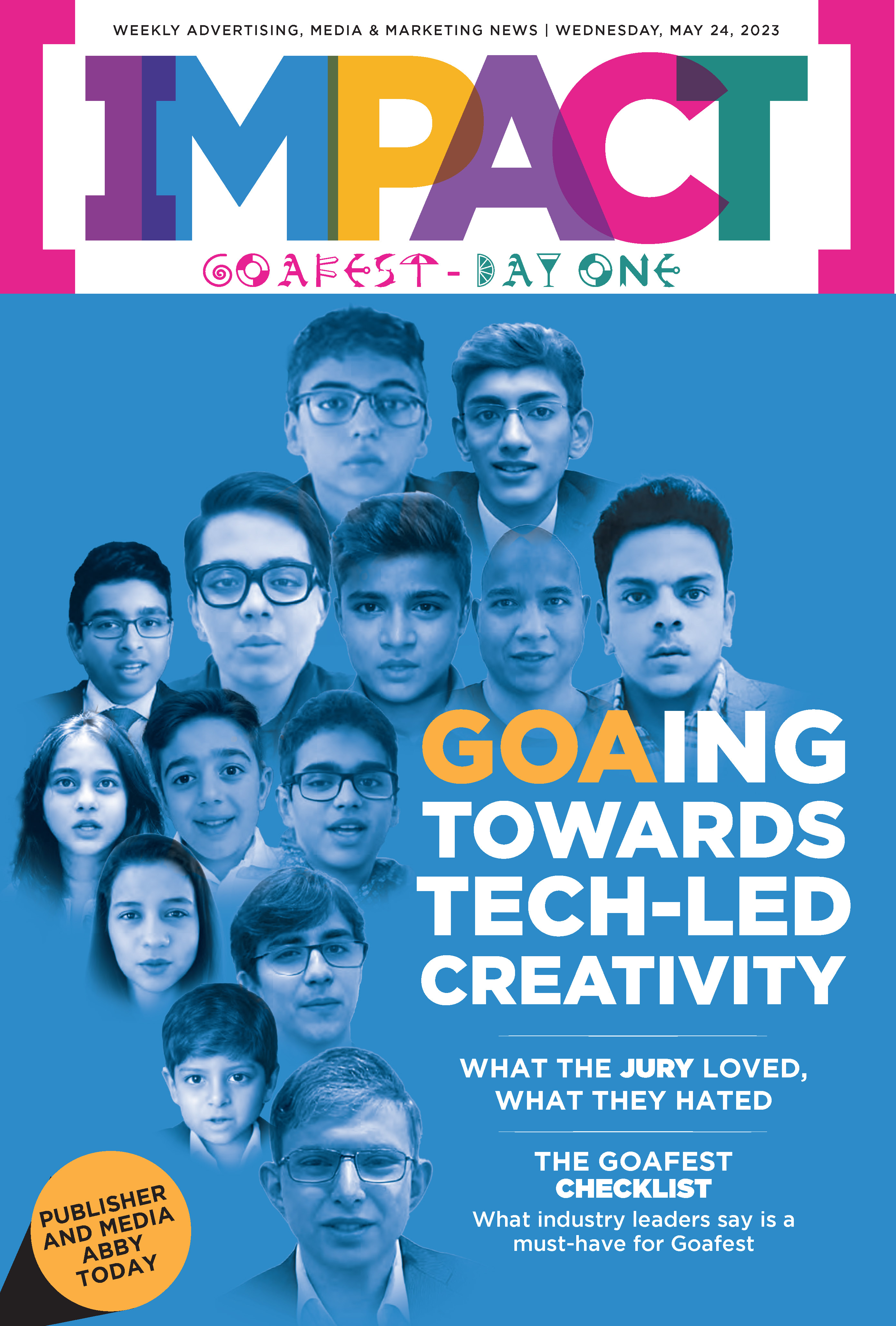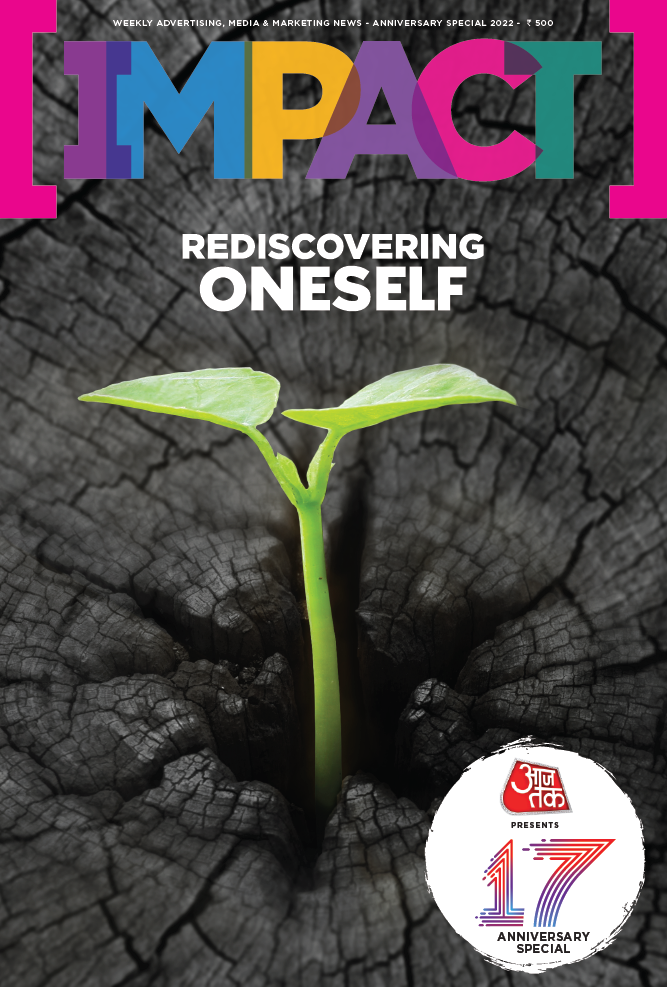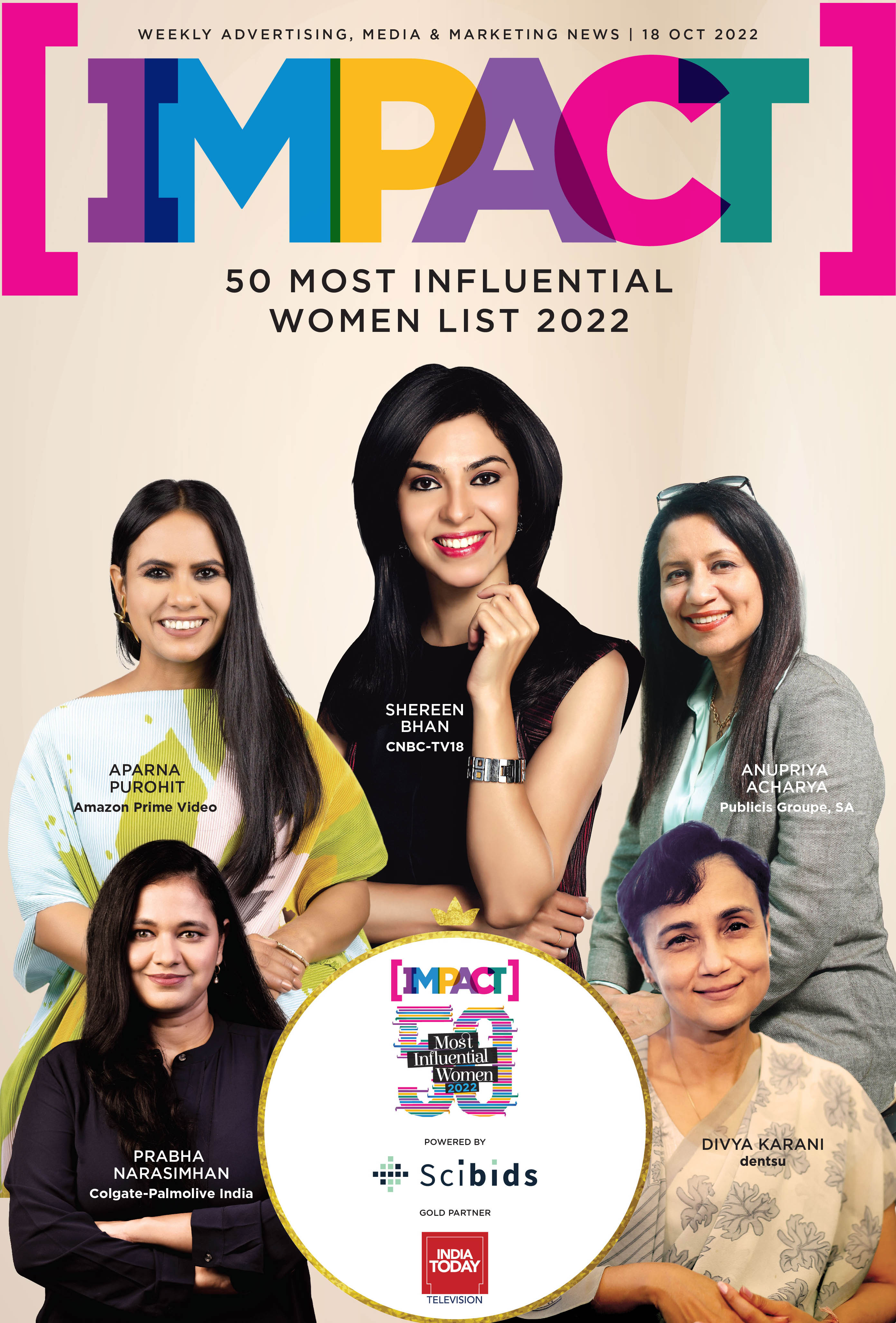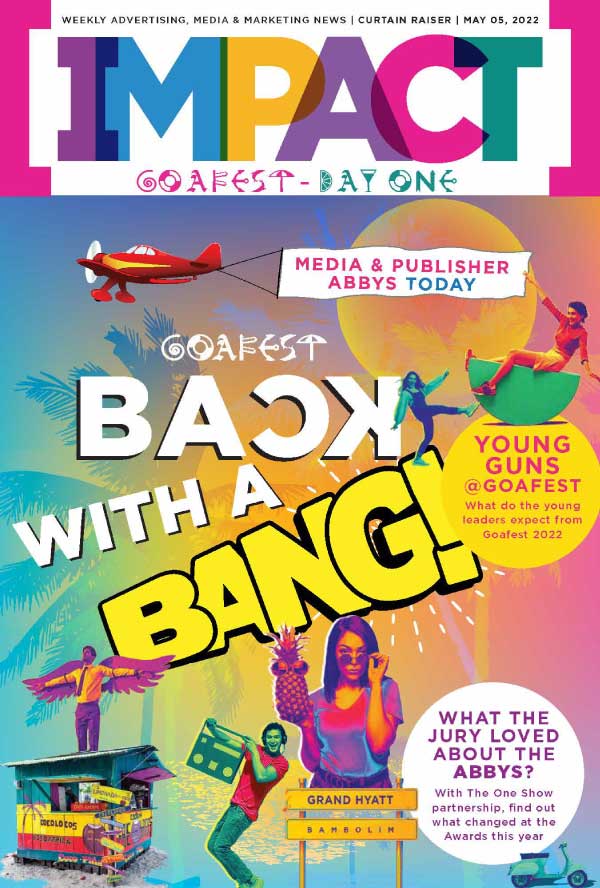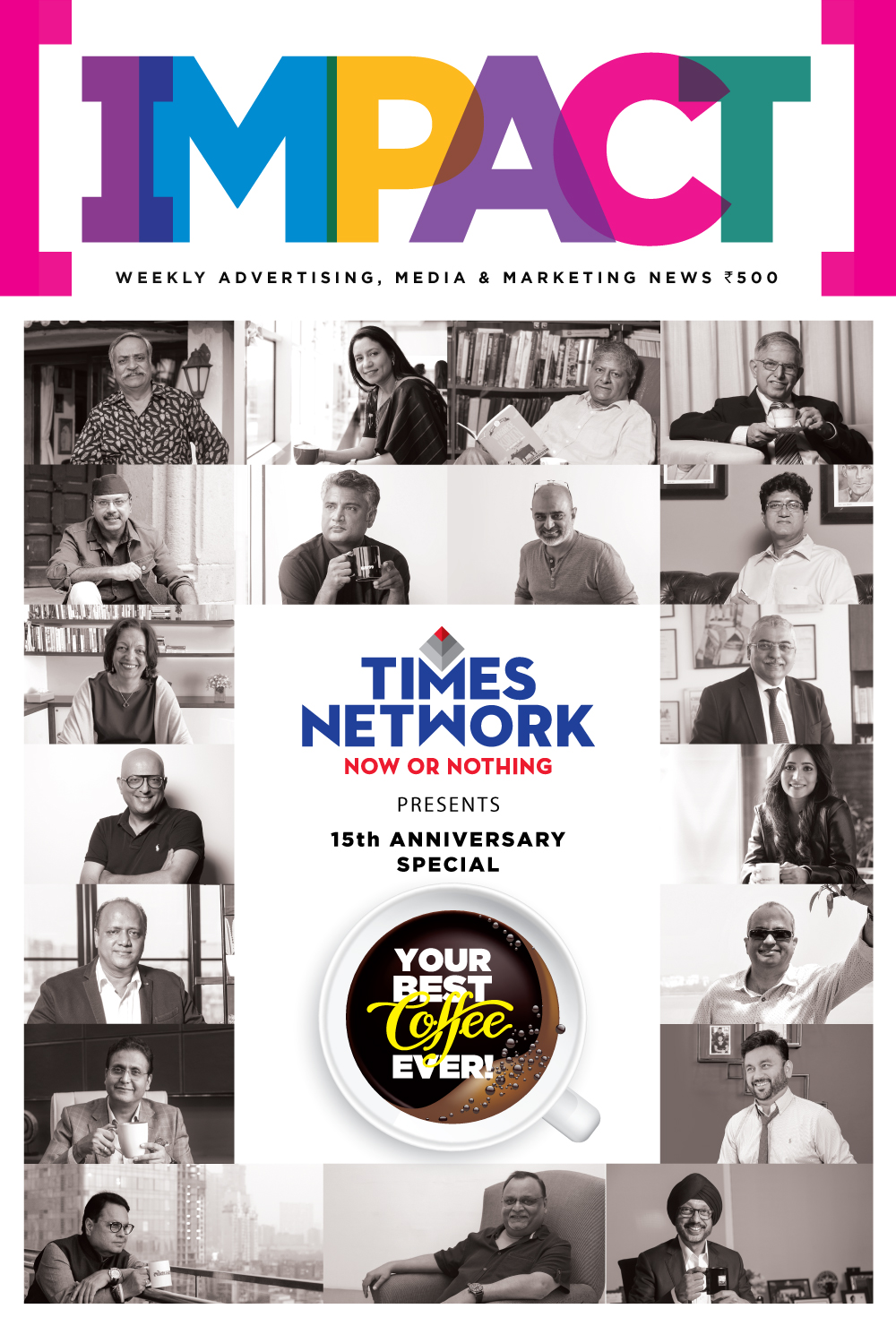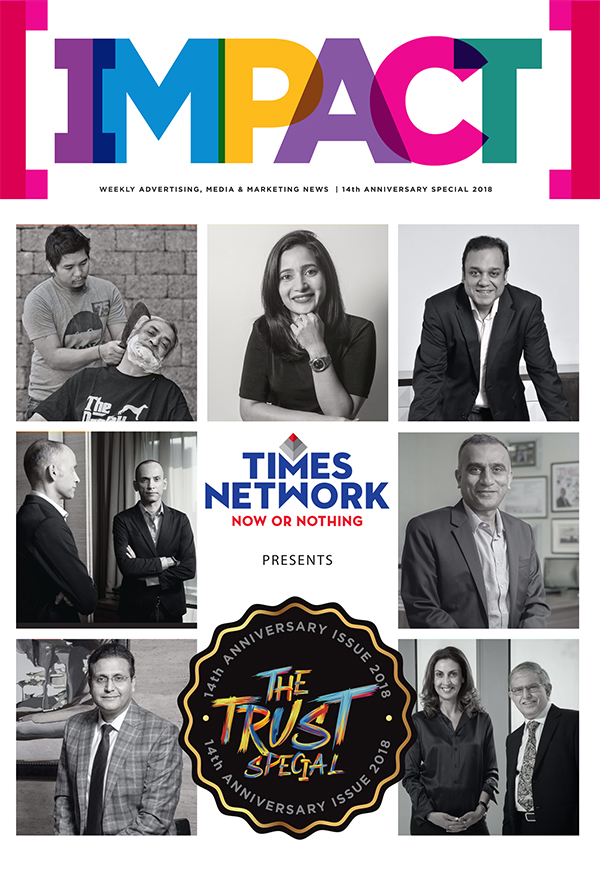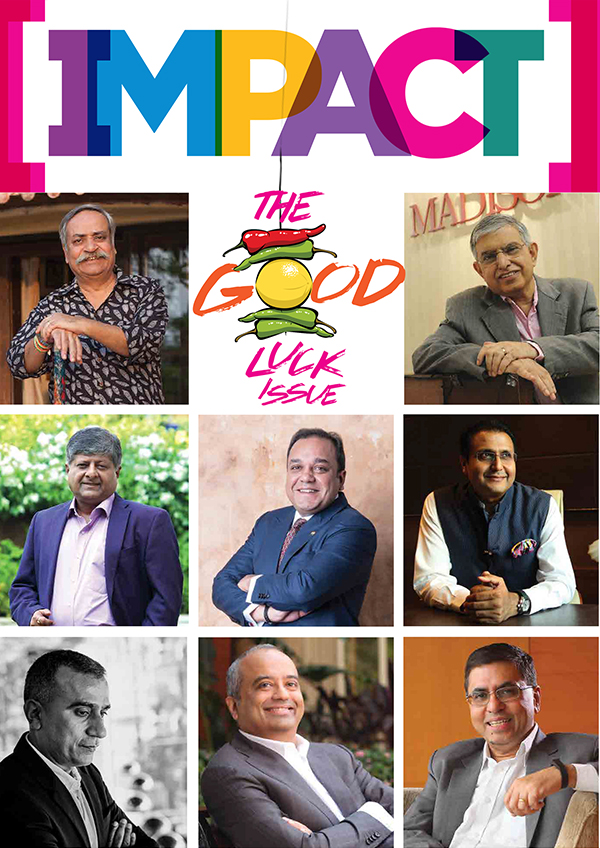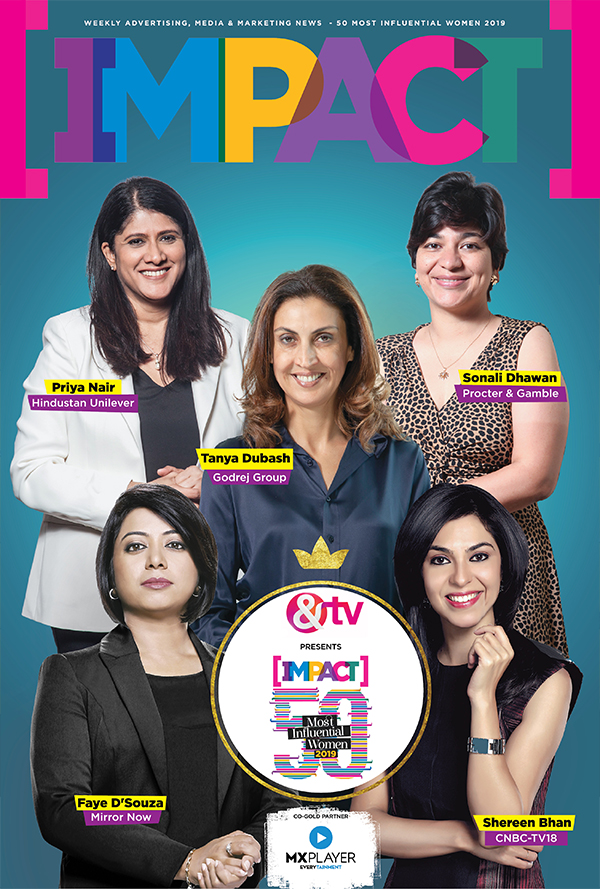From making YouTube videos in her bedroom to rubbing shoulders with the likes of Bill Gates, Ed Sheeran, and Michelle Obama, Prajakta Koli has steadily carved a path that’s equal parts heart, hustle, and global impact. Known widely for her relatable digital persona MostlySane, Prajakta was among the earliest Indian creators to blur the lines between the digital and mainstream entertainment worlds. While her comedy sketches and unfiltered ‘Real Talk’ series earned her millions of loyal fans, her effortless shift to acting proved she was never meant to be confined to one screen.
Her breakout role in Netflix’s Mismatched (now renewed for a fourth season) made her a Gen Z icon, and with notable films like Jugjugg Jeeyo, Neeyat, and the upcoming Amazon Prime thriller Andhera, she’s well on her way to becoming a fixture in Bollywood. Add the two upcoming Netflix originals, still under wraps, and a bestselling debut romance novel ‘Too Good To Be True’ and you start to see the full arc of a storyteller who refuses to be boxed in.
But Prajakta’s influence doesn’t stop at entertainment. As the first UNDP India Youth Climate Champion, a Goalkeepers Advisory Board member for the Gates Foundation, and a speaker at platforms like the UN General Assembly and World Economic Forum, she’s using her voice where it truly counts. Whether it’s voicing characters in Marvel’s Wastelanders, lending her talent to the Webby-winning She Creates Change, or running the 10K Marathon Pour Tous in Paris with the International Olympic Committee, she continues to champion issues that resonate deeply with young audiences - mental health, climate change, education, and equality.
The accolades have followed naturally, Forbes India’s 30 Under 30, Entrepreneur India’s 35 Under 35, GQ’s Most Influential Young Indians, and a spot on the TIME100 Creator list, making her the only Indian on that global roster.
She speaks to IMPACT Magazine, about the evolution of content and staying ‘MostlySane’ through all the success.
Q] You’ve transitioned from content creation to acting — both performance-driven, but one rooted in short-form storytelling and the other in long-form narratives. How different have these experiences been, and how did your creator journey prepare you for the acting set?
They’re very different experiences, actually. As a creator, you have complete ownership over every part of the storytelling process, from writing the script to figuring out the shoot location, setting up the camera, checking the playback, and even sitting through the edit. You’re practically a one-person showrunner, managing everything yourself. It’s incredibly hands-on.
On the other hand, being an actor is a completely different space. You get to work with professionals who are experts in their specific departments. You’re not multitasking; your job is to know your lines, show up on set, get into hair and makeup, and follow the director’s vision. You’re contributing to someone else’s story rather than building your own from scratch.
Both roles are equally creative but in very distinct ways. And I do think that all those years of creating my own characters for YouTube and even the theatre I did before I started my channel—really helped me when I transitioned to acting. That experience gave me a solid foundation to understand characters and perform in front of the camera.
Q] You’re now an actor, author, activist, and at your core, still a content creator. Out of all these roles, which one resonates the most with you? And how do you deal with audience scrutiny while staying authentic in each space you occupy?
At the heart of everything, I still identify as a creator. That term really captures the essence of everything I do; it encompasses the various forms of storytelling and expression my career allows me to explore. When it comes to audience scrutiny, having been in this space for so long, I’ve learned how to distinguish between appreciation, constructive criticism, and plain negativity. The good feedback is something I value deeply; it keeps me going. As a creator, I thrive on audience validation and attention, and I wouldn’t want it any other way.
Criticism, too, is incredibly important. When I started, there wasn’t any formal education or training on how to become a creator. There were no courses, no set paths, so criticism became the only way to learn, adapt, and improve. It’s like on-the-job training. But when it comes to hate, that’s something I’ve spent a lot of time trying to make sense of, and honestly, I’ve reached a point where I no longer try. Unlike some people who are driven by the idea of proving haters wrong, that’s never been my motivation. If the hate doesn’t help me grow or add value to what I do, it’s simply not worth my time. After years of reflection, I’ve come to accept that not all feedback is meaningful - and that’s okay.
Q] Do you think audience scrutiny has become more intense over the years as the digital space has grown?
I don’t think the nature of audience scrutiny has changed drastically, but the number of people online definitely has. Back in the day, especially before the Jio revolution, which I think was around 2017 or 2018, fewer people had access to the internet. But after that shift, there was a massive digital boom in India. Suddenly, so many more people were online, and the reach of content expanded rapidly.
I genuinely feel proud of that transformation. When I travel to developed countries and see limited or expensive internet access, I often think ‘Come to India!’ We have full network bars even in the remotest corners, affordable data, and streaming services accessible to everyone. That digital accessibility has played a big role in shaping India’s economy and online culture.
Naturally, with more people online, everything gets amplified—both the love and the hate. So yes, the scrutiny and negativity might be louder now, but the affection and support from audiences have grown just as much. It’s all a part of the digital ecosystem expanding.

Q] You’re the only Indian creator to feature in TIME’s 100 Creator list—a huge milestone. If you had to pinpoint one part of your journey that truly propelled you to this moment, what would it be?
Without a doubt, it’s my audience. I genuinely believe I could have tried a hundred different things, said all the right things, made all the right videos, spoken up about issues that matter but none of that would have translated into this kind of recognition without the support of the people who watch and believe in me. Something like making it to TIME’s list doesn’t happen because you chase it or reach out to people in power, it’s not like I wake up every morning wondering what’s going on at TIME Magazine or emailing their editors. This kind of acknowledgment comes organically, and it only becomes possible when your audience amplifies your work in ways you can’t control or predict. Every opportunity I have today, I owe to them, they’ve been the constant in every part of my journey.
Q] You’re also UNDP’s first Youth Climate Champion. Has that shaped your creative choices in any way or changed how you approach your content?
Not so much in terms of creative choices, but it has definitely shaped my conversations and given me a broader perspective. Honestly, before I started working with UNDP, I had never done any focused work in the climate action space. In fact, when they approached me, I remember asking them - ‘Why me?’ There are so many creators out there already doing work in this space. But through that conversation, I realised that I do have a very engaged audience, a community that actually listens and responds. And if I can use that platform to talk about something that impacts every single one of us—not just some people, then why not be a part of it?
Creatively, I don’t think it shifted how I tell stories, but it has definitely added a layer of perspective. I also grew up in a home where sustainability wasn’t a trend, it was just how we lived. My mom taught me early on about things like waste segregation, composting, conserving water and electricity, not wasting food, and completely avoiding single-use plastics. We never brought plastic bags into the house. In fact, one of the most recurring arguments between my parents was about the sheer number of paper and cloth bags we had collected because we insisted on not using plastic. So, these habits were already part of my life.
What working with UNDP did was amplify that awareness. It gave me the chance to meet people doing incredible work in the climate space and learn from them. So, while it hasn’t changed my storytelling per se, it has definitely added a filter, an underlying consciousness that now runs through everything I do.
Q] With the audiobook for ‘Too Good to Be True’ now out, do you see yourself exploring the podcasting space more actively?
I’m not sure. For the past eight years, I’ve been doing a video series on YouTube called Real Talk, which I feel already touches that space in many ways. So in a sense, I’ve been around the podcast realm. And while I do love listening to podcasts, I don’t want to take on yet another thing right now. I already feel like my feet and hands are in four different boats—and I’m out of limbs! So I’d rather not add anything more at the moment. But maybe in the future—never say never. I did really enjoy doing the audiobook, though.

Q] Prajakta, you’re one of the few creators who successfully transitioned from YouTube to Instagram. How have things changed for you over the years, and what key differences are you noticing now?
Attention span has been the biggest shift. We went from long-form content to short-form almost overnight. I still remember when TikTok was around, suddenly everyone was making 15-second videos. I was like, ‘what do you mean 15 seconds? My videos are 12 minutes long!’ I was very resistant at first. Not because I had any moral high ground about being a long-form storyteller, but just because I didn’t know how to fit a story into 15 seconds. I started making short-form content half-heartedly, but then I actually began enjoying it.
Now I’m really happy that long-form is making a comeback. Podcasts are going on two hours, and people are listening, people are watching. Even reels and shorts started with 15 seconds, then moved to 30, 60, 90—and now they go even longer. So, it’s like, okay, whatever you guys want to do with reels and shorts, go ahead, it’ll all evolve anyway.
That’s the thing about being a creator: you can’t afford to get too comfortable. You have to stay adaptable because you’re essentially following the audience’s lead. You go where they go. If you don’t, someone else will and in this space, if you’re out of sight, you’re out of mind just like that.
Q] Prajakta, YouTube FanFest has always been huge, but the enthusiasm seems to have shifted over the years. You’ve been a regular for as long as I can remember. How has it changed for you personally? And what differences do you notice now in terms of excitement and audience?
I actually missed FanFest last year because my play was opening the same day, so I couldn’t perform on stage. But I did make it in time to go on stage for a bit at the end and it was wild. As a creator and YouTuber, it’s such a magical moment. YouTube is great at giving creators these milestones, 100K, 1 Million, 10 Million—and FanFest is one of those milestones. One year you get to attend, another year you’re in a group performance, and then suddenly you’re hosting. It’s a rite of passage. Every creator dreams of being on that stage. When I hosted the year before, it was incredible. Of course, the audience is different now, and the creator landscape is much bigger, but I love that the cycle keeps evolving. New people keep coming in, and the energy is still so exciting.

Q] Comedy in India has had its ups and downs, and you’ve always been associated with it. How have you seen the space evolve over time? It depends on how you put it out, right? But the bigger question is—has comedy changed, or has our reaction to it changed?
Just recently, I was watching one of my old favourite movies, I won’t name it, and I was having a really rough day. My best friend and I were in Delhi, and we just wanted to watch something comforting. But every few minutes there’d be a line or a joke that made me go, ‘How did this make it to screen?’ Terrible stuff. Offensive jokes. I was shocked. So, the real question is: has comedy itself changed, or has the audience become more aware and evolved? That’s worth thinking about.
Q] As regulations around the creator economy tighten, how do you manage to strike a balance between staying compliant and keeping your content authentic and relatable?
There are basic hygiene practices you cannot skip. You absolutely cannot take your audience for granted. You can’t assume, ‘Oh, they won’t notice.’ They’re sharp and perceptive. If they’re investing time, money, or energy in you, they’re going to take everything you say seriously. So, it’s essential to be upfront—whether it’s about paid collaborations, or anything you’re promoting. If you’re selling something, make sure you believe in it. That’s just my approach. I’ve always tried to keep communication transparent. If I know I’m going to be away from content creation for a while, I make that clear. I’m also incredibly lucky to have such a supportive and kind audience, it makes everything easier.
Q] Speaking of brands, you’ve worked with Gillette Venus for a long time and recently became a brand ambassador for Bata Floatz. How have brand collaborations evolved for you over the years?
In the beginning, it was all short-term. A lot of brands treat every creator like a gamble, you could have all the data and still not guarantee how a video will perform. So, most of my early deals were one-offs, one video, one reel, one tweet back in the Twitter (now X) days. But over time, as I found my footing and built a team, we figured out what works best for both the audience and us. Gillette was one of the first brands to come on board with a long-term deal it has been five years now, and I still love working with them. Of course, I’ve had a couple of collabs where I thought, ‘Never again,’ but for the most part, I’ve been lucky with amazing brand partners.

Q] AI is the big buzz right now. Some people say it’ll take over creative jobs. As a creator, what’s your take?
I definitely think it’ll take over the assisting part of creative jobs. I was just talking to someone about this, whether AI will replace jobs or become a really smart assistant. I feel like creators will just have to get smarter. Look I’ll admit, I don’t have all the knowledge about AI, but I do think it’s a tool. And a tool is only as smart as the person using it. You have to outsmart it to use it well. That said, who really knows the future? When the internet first came along, people thought it would take all our jobs. And now look. So, you adapt. You evolve. That’s the only way forward in this space.
Q] What advice would you give to someone just starting out in content creation?
If you’re doing it for the perks, for influence, financial independence, or power, you have to treat it like a real job. And that includes everything that comes with a job: structure, boundaries, and professionalism. Also, it’s important to clearly separate your personal and professional life, especially if that’s something that could bother you in the long run. This isn’t a one-year thing; it’s a long game. So, make sure you’re prioritising your mental and physical health, too. People often ask if creators need a digital detox and I get it. Sometimes opening Instagram feels like opening the fridge for no reason. But think about it: if it’s your job, would you open your office laptop just to stare at Excel sheets? No, right? It’s the same. Set guidelines. Yes, the perks are real—travel, free stuff, and hotel bookings but it’s also a lot of hard work.
Q] I’ll leave you with the most anticipated fan question now: Are Dimple and Rishi getting back together?
I wish I knew! As we speak, I’m still waiting to find out myself. I have absolutely no clue. But I’m hopeful because there is going to be a fourth season. I’d be so crushed if we didn’t renew. I’d literally go sit outside the studio and protest, ‘Why would you do this to my girl?’



